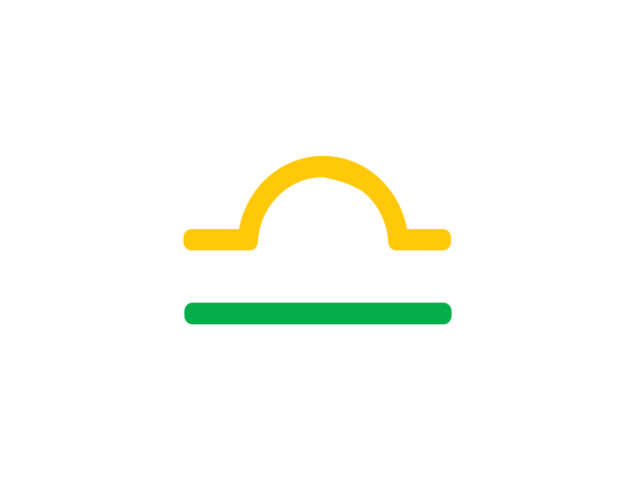 When I wrote the first iLearn report in 2009, mainstream news and industry sources were just starting to document the trend of kids and apps, and there was a significant amount of skepticism around whether apps would play an important role in the children’s media landscape. The original report addressed this doubt by answering the question of whether apps were becoming a significant part of the children’s media landscape. What we discovered was a resounding yes.
When I wrote the first iLearn report in 2009, mainstream news and industry sources were just starting to document the trend of kids and apps, and there was a significant amount of skepticism around whether apps would play an important role in the children’s media landscape. The original report addressed this doubt by answering the question of whether apps were becoming a significant part of the children’s media landscape. What we discovered was a resounding yes.
It may sound crazy now that we—along with the entire field—were skeptical about this “trend” of kids and apps, but one has to remember the context. When iLearn was published, one billion apps had been downloaded from Apple’s iTunes App Store. That number has now topped 25 billion. Apple was celebrating 100,000 apps available in the app store. There are now 650,000. There was no such thing as an iPad.
Today, the pairing of apps and kids is no longer a question. More than a quarter of all parents have downloaded apps for their children to use (Common Sense Media, 2011). The Games and Books categories of the App Store have entire sections devoted just to kids. Babies have achieved virtual celebrity for mistaking a magazine for a broken iPad, children now learn to “swipe” before they can tie their shoes, and tweens and teens covet the iPad over any other gift
Though we no longer question whether apps are an important new medium for providing content to kids, much remains unknown about this important market. Numerous developers are investing significant funds and intellectual resources towards promising app-based learning development efforts, yet there remains a dearth of information available. So today we launch yet another iLearn study, the third in our line of research that aims to monitor the market for children’s apps as it continues to grow and evolve.
This most recent study uses iLearn II, an examination of the 200 top-selling Education category apps for Apple’s iPad and iPhone, as a benchmark. Though the Education category is the home for most educational apps, when it comes to what children are using there is no question that much of the content they consume is downloaded from the Games category. Thus, in terms of leveraging apps to further children’s learning, it is important to understand the Games category as well as the Education category.
For this addendum to iLearn II, we analyzed the top-selling paid apps in the Games category of Apple’s iTunes App Store. Among the key findings regarding this market were:
- Games category apps are less expensive than Education category apps
Overall, children’s apps in the Games category are less expensive than those in the Education category, with an average price of $1.65 as compared to $2.41. - Almost a third of Games Category apps made some sort of educational claim
Thirty-two percent of Games category apps made some sort of educational claim, stating an intended learning objective. - Apps for kids is a highly fragmented market
Eighty-one different publishers were represented within the sample of 200 apps, indicating a highly fragmented market similar to that in the Education category. - Ten publishers had five or more apps within the sample
Ten publishers had five or more apps in the Game category sample, including both large children’s brand owners as well as small independent developers. - Branding is much more prevalent in Games than Education
Almost 40% of the Games category apps were branded, as compared to just 1% in the Education category.
It was also interesting to note that in contrast to the Education category, the Games category has an entire section just for kids. Though much progress has been made in terms of organization of the Education category since data was gathered for iLearn II in August 2011, when there was no children’s section at all within the Education category of iTunes, more can be done. Currently, when the App Store is entered through the desktop version of iTunes, there is a small section of featured apps for kids. However, there is a not an entire searchable “kids” section devoted to Education apps like there is in the Games category. In a market where discovery is a significant problem and content is often found through “top charts,” Apple (and the other marketplaces) should consider launching a kid’s section within the Education category the way they have within the Games category.
So, through our iLearn line of research, ikeep learning…and I hope you do too! Please take the time to read and distribute the report, and most importantly share your thoughts—I’d love to hear what you think.
Read more about iLearn II and download the Addendum.



